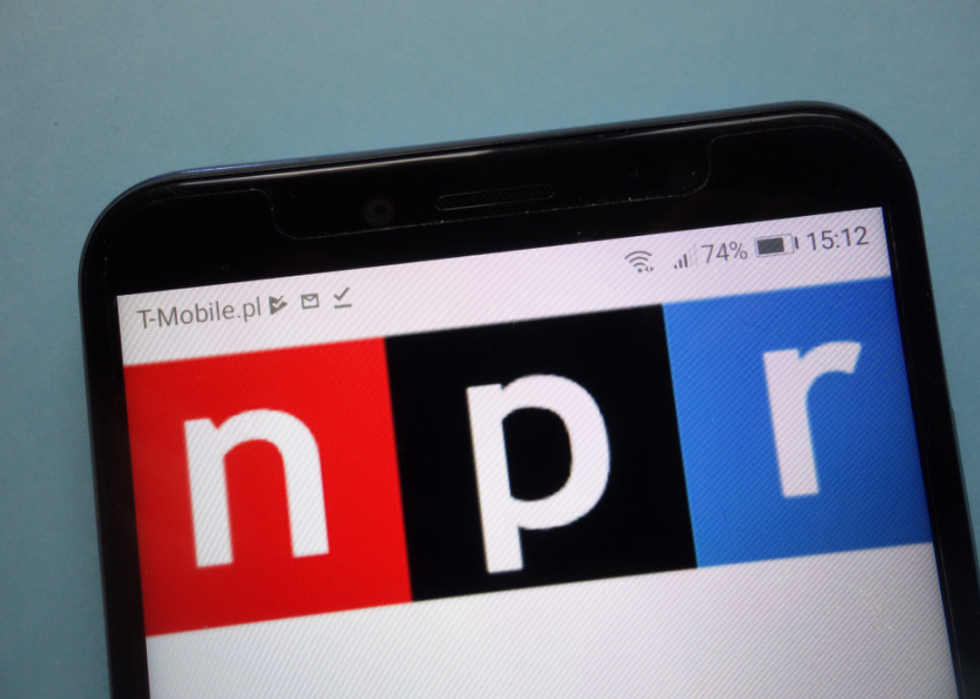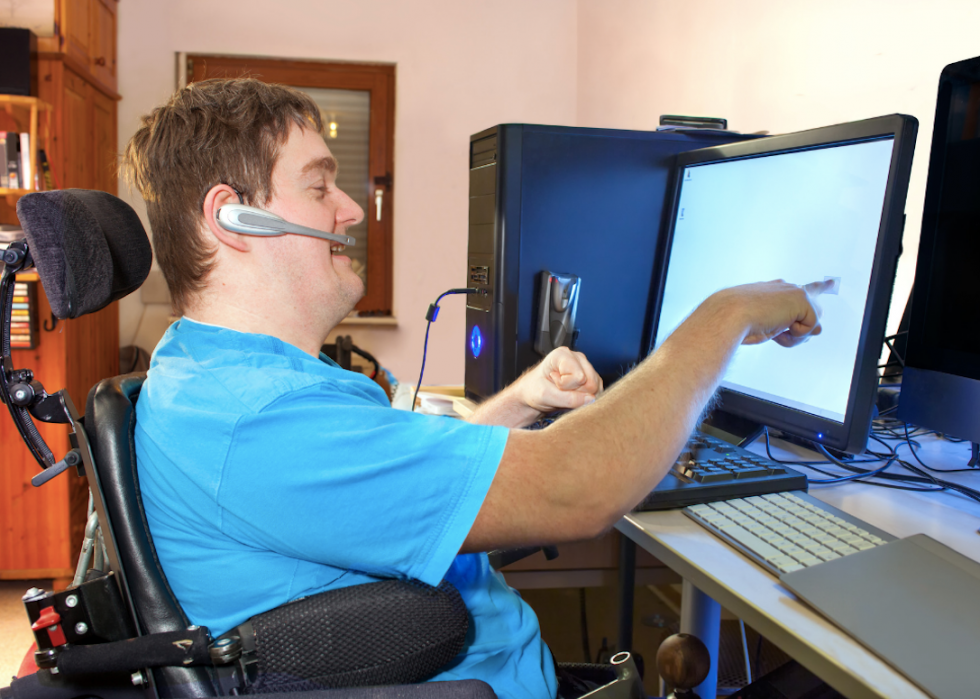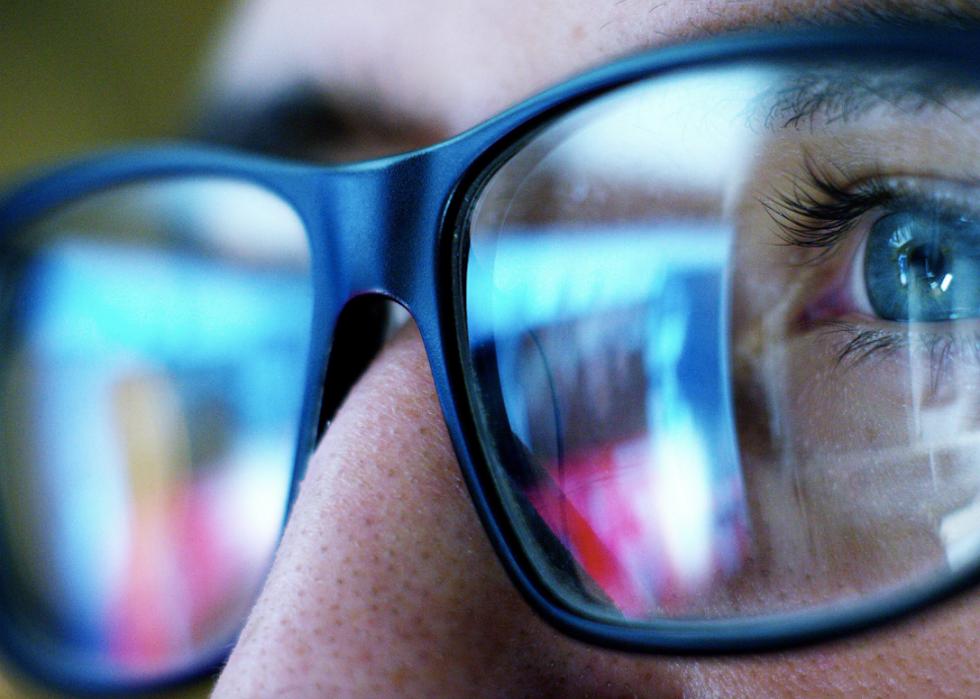
Web accessibility myths busted
The internet is home to so many of life's greatest treasures. Where else can you order groceries for delivery, read the newspaper, and watch a video of a dog being reunited with its owner, all within a few minutes and a handful of clicks? Today, 77% of Americans say they're online every day, including 26% who self identify as being “almost constantly” online, according to 2018 Pew Research. The internet is a source of news, entertainment, and communication, and now more than ever, people are working to make sure all people are welcome online.
Web accessibility is a concept and practice of inclusivity, which centers around making sure websites are designed and coded in such a way that disabled users can navigate them with ease. Without web accessibility practices, disabled users—including those with visual, auditory, mobile, cognitive, and all other variety of impairments—would not have the same access to information, entertainment, and social portals as everyone else. Common cornerstones of web accessibility can include adding alternate text to images, making sure sites are coded in a way that screen readers can comprehend, and formatting web pages for those who use a keyboard as opposed to a mouse.
Since the advent of the internet, large strides have been made on the accessibility front. Around the world, new pieces of accessibility legislation are being put into practice, and huge companies like Twitter and Instagram are increasingly focusing on accessibility. Still, it's a subject that's often shrouded in myth and mystery, as many people either don't know enough about web accessibility to understand its importance or have damaging misconceptions about what it means. To set the record straight, Stacker has put together this list of busted web accessibility myths.
Stacker scoured the internet, gathering information from authoritative news sources and industry reports, in order to bring you this list of faulty web accessibility myths and their accompanying realities. In honor of Global Accessibility Awareness Day, read on to learn about the most pervasive web accessibility myths, from who it helps to what it looks like, and why these myths need to be busted.
You may also like: Business benefits of digital accessibility

The technology just isn't there
Myth: The technology and tools required to make the internet accessible to all don't exist.
Reality: Many acclaimed figures in the world of web accessibility have pointed out that issues arise not so much from a lack of acceptable technology, but from a lack of willingness to make accessibility a priority. In an effort to combat this, Towson University computer science professor Jonathan Lazar gave a lecture at Google where he imagined software that would prompt designers to make accessible choices every step of the way. Other sites, companies, and organizations, like Australia's Parramatta Park, have already proven that when time and care is taken, accessibility is entirely possible.

Only certain people can make sites accessible
Myth: Making accessible websites is complicated and requires in-depth training, and only those with highly specialized knowledge are capable of creating them.
Reality: Most people with general web development knowledge are capable of upping a site's accessibility—for instance, adding alternate text, which allows search engines and screen readers to read an image like text, is a simple formatting issue that can be immensely beneficial to the blind. Major companies like Instagram, which now uses automatic alternative text to generate descriptions of photos, are helping to make these kinds of features part of the norm.

Web accessibility is a one-way street
Myth: When a company goes out of its way to make an app or site accessible, it helps people, but doesn't actually receive any direct, quantifiable benefits.
Reality: Web accessibility is, of course, important because it's part of building a world that's more inclusive, safer, and happier for all, but it can also generate real benefits for businesses. When NPR radio show and podcast “This American Life” began including written transcripts of its episodes, search traffic went up by 6.86%, according to a case study by 3Play Media. Moreover, a large portion of the American working-age population is disabled, and represents a cumulative disposable income of $490 billion, which the American Institutes for Research reported in "A Hidden Market: The Purchasing Power of Working-Age Adults With Disabilities." By making their sites accessible, companies are also tapping into a new market with strong spending power.

Accessible sites only help blind or visually impaired users
Myth: Web accessibility is mainly geared toward helping blind users, through the use of alt text, increased font size, and color contrast.
Reality: Web accessibility changes can benefit those with a range of disabilities, including older users, cognitively impaired users, mobility impaired users, and more. For instance, the Americans with Disabilities Act suggests, and in some cases requires, that video content be closed captioned so as to be accessible to deaf or hard of hearing users. Additionally, increasing the size of clickable areas when including links can help the mobility impaired, who may struggle to center the mouse on an extremely small target.

There are no guidelines or standards
Myth: There is no specific set of standards for web accessibility.
Reality: A set of guidelines known as the Web Content Accessibility Guidelines (WCAG) exist to ensure and promote the ease of internet use for all, primarily the disabled. The first set of international standards was published in 1999, and in 2008, WCAG 2.0 followed. In 2018, WCAG 2.1 came next as an official World Wide Web Consortium (WC3) Recommendation; this new set of rules is aimed to fill the gaps in WCAG 2.0 policies, such as focusing more on cognitive disabilities and including more stringent standards for mobile phones.

Web accessibility and Javascript are mutually exclusive
Myth: There is no way for a site that uses Javascript to be accessible or meet the guidelines provided by WCAG 2.0.
Reality: Javascript is a more complex language than HTML, which can add a layer of difficulty in terms of accessibility, but it's by no means impossible to make positive changes. For instance, Javascript can comply with WCAG 2.0 regulations about screen readers. In a case where a page is changed without reloading entirely (such as when changing personal information on a profile page), frontend developer Manuel Matuzovic explains that web designers working in Javascript can add code that's accessible by a screen reader, and will, therefore, provide an auditory message to the user.

Only web developers need to think about accessibility
Myth: Accessibility comes entirely from code, and is, therefore, the sole responsibility of developers.
Reality: Writers and content creators also play a large role in the process of web accessibility. For example, writers can help those with cognitive impairments and those using screen readers by using descriptive, detailed paragraph headings, and ensuring that all written content is comprehensible for people of varying ability levels. Gif creators need to make sure their gifs flash less than three times per second, as anything above this can pose a threat to people with epilepsy.

Automated evaluation tools can solve all problems
Myth: Tools created for the purpose of checking a site's accessibility can find all potential issues, and offer the proper solutions.
Reality: While web accessibility tools are an important resource and a crucial step in making the internet usable by all, they don't catch everything, and don't always offer solutions to the issues they find. For instance, while a tool like WAVE can check if an image has alternate text, it does not have the capacity to decide whether that text is useful and engaging for the user. Using evaluation tools in concert with manual testing allows for valuable human insight.

Accessible sites can't look good
Myth: Making apps or websites accessible inherently means sacrificing style and visual appeal.
Reality: Apps and websites that are accessible by no means have to look clunky, outdated, or just plain ugly. The reality is that many internet sites, whether accessible or not, are visually unappealing, but all have the ability to look attractive. In earlier iterations of the internet, technological limitations meant that accessible sites tended to be text-heavy and lacking engaging imagery, but today, accessible sites can include pictures, video, and color, as long as captions are included and visual, hearing, mobility, and cognitive impairments are accounted for.

It doesn't help that many people
Myth: Web accessibility helps only a small, select group of people.
Reality: According to a report based on data from the 2010 Census, 19% of the American population (that's 56.7 million people) is disabled. This group spans all demographics and types of disabilities, ranging from the elderly to the very young. More than 8 million people reported some kind of visual impairment, and nearly the same amount was hard of hearing or deaf. Increased web accessibility helps all of these people and many more.



